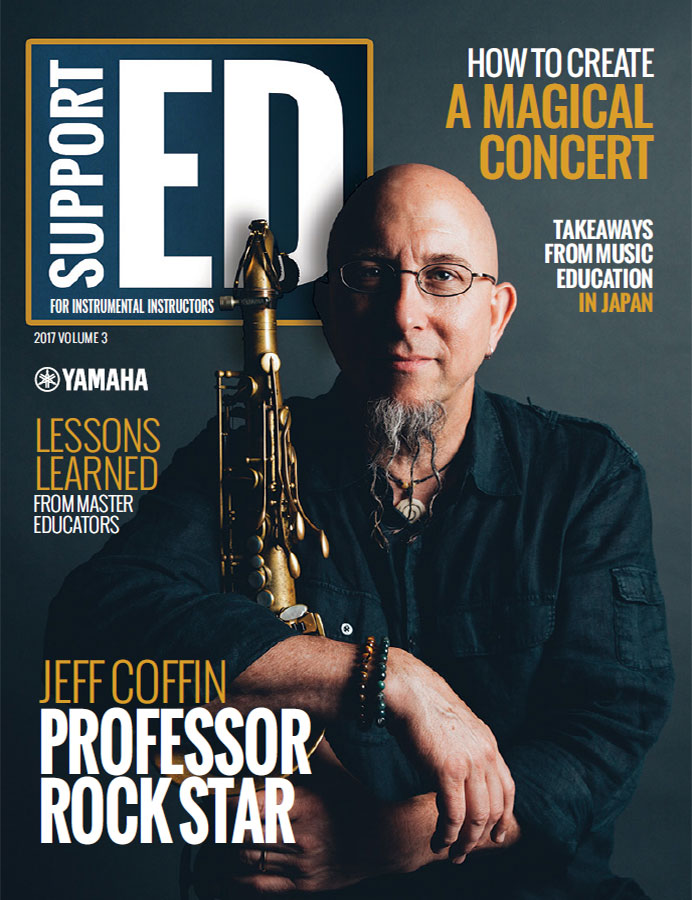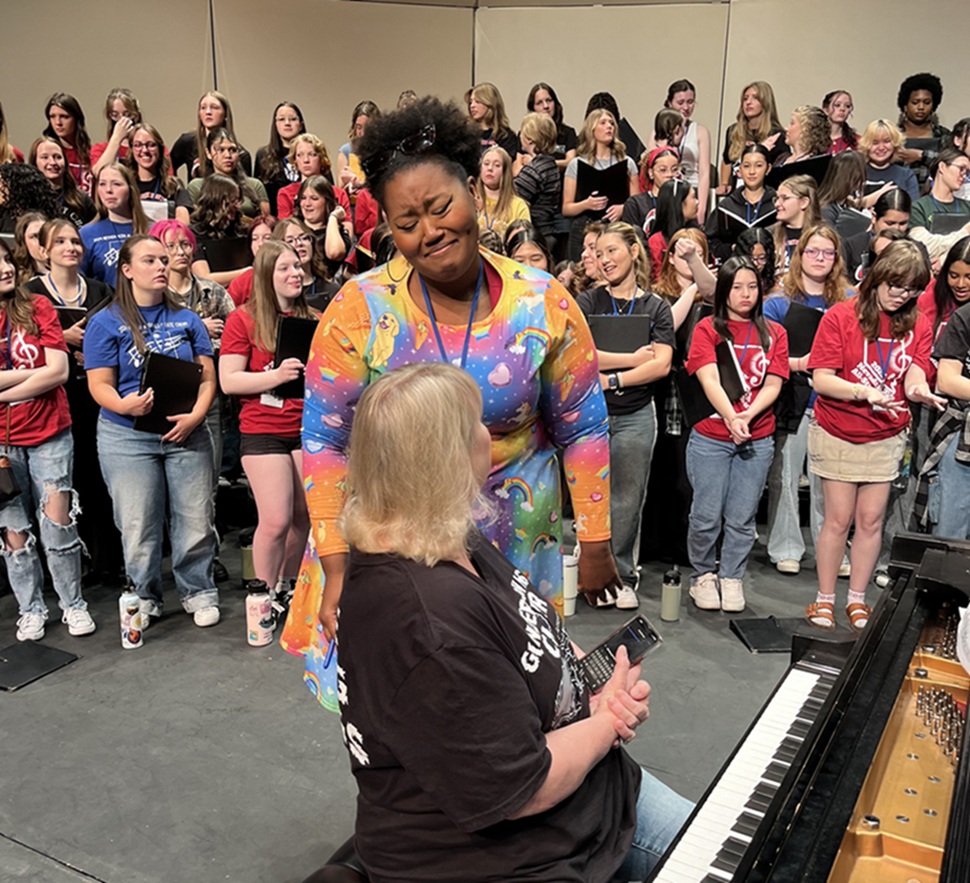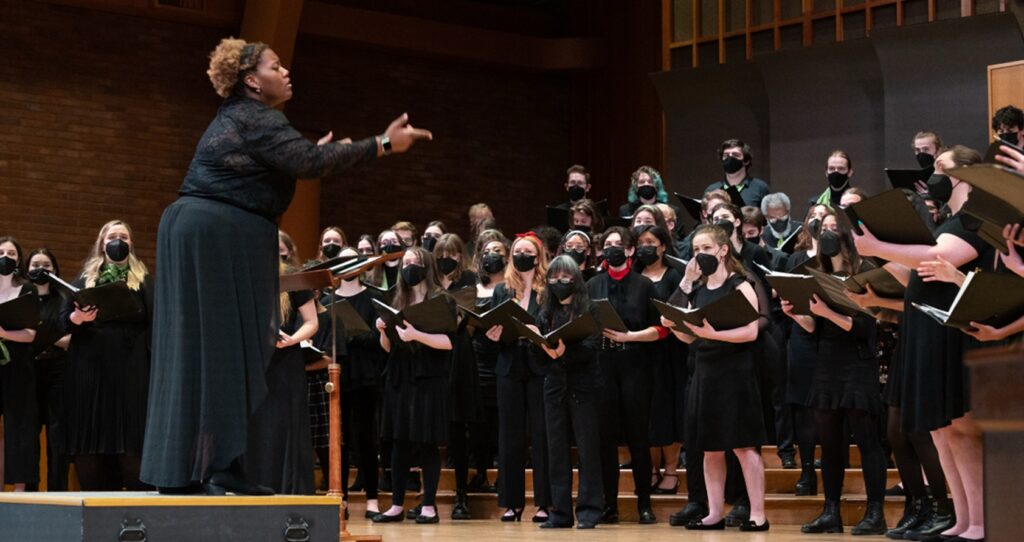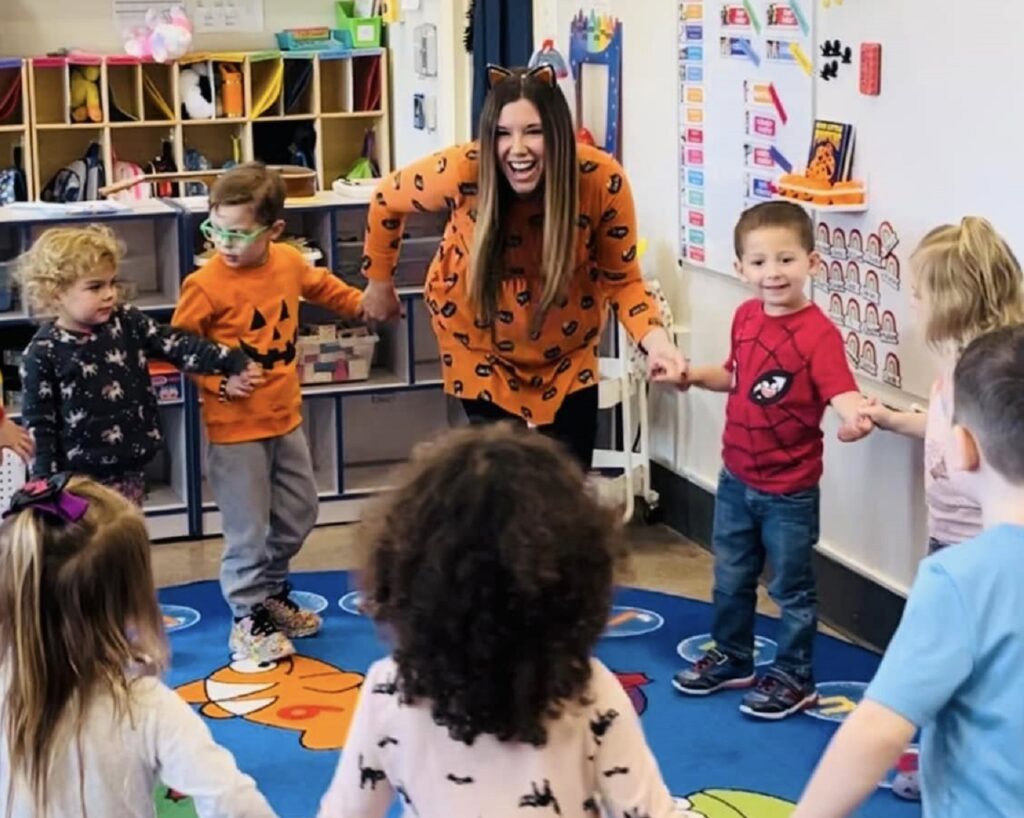Music Education in Japan
What lessons can we learn from Japan’s emphasis on an early appreciation of music? A high school in Kashiwa is a prime example of this teaching practice and it consistently wins competitions.
As educators, we can always glean new insights from the teaching practices in other countries. Japanese schools, for example, strive to take excellence in music education to a new level. They emphasize an early appreciation of music, with mandatory classes in elementary school and junior high.
In Japan, kindergartners can be seen marching in perfect step during school ceremonies, and elementary school students can be heard performing difficult concert repertoire such as Alfred Reed’s “Armenian Dances” — usually a high school band piece in the United States — with enviable accuracy. By the time musicians reach the junior high and high school levels, they’re ready to participate in the All-Japan Band Competition, one of the nation’s largest symphonic band contests.
One school that consistently wins awards at this competition is Kashiwa Municipal Senior High School. Its 263 musicians average 70 performances per year, and its ensembles are known for utilizing cultural instruments such as the three-stringed shamisen, similar to a guitar. The key to the band’s success is efficiency.
“The most important factor is to systemize the practice … not to waste one second,” says Shuichi Ishida, music director of symphonic band at Kashiwa. “Even if the band director is absent, by strong systemization, it will be possible to let the band practice with the same quality as [when the] band director is present.”
What sets apart Japan’s music education programs to create high performing instrumental students, even at young ages?
Create a Systemic Approach
At Kashiwa Municipal Senior High School, there is no band class during the school day; instead, band members stay after school for three hours on every weekday for band practice.
Students are not expected to practice beyond those three hours a day. Because many homes in Japan are very small, students are unable to practice at home. “I am thinking first of all to motivate children, so that they can work on practicing proactively,” Ishida says. “I try to draw talent with voluntary participation in practice rather than imposed practice.”
During practices, Ishida prioritizes the basics rather than just running through the pieces they plan to perform. “We start with basic training [with the] ensemble even [if] we do not have enough time,” he says. “The sound is totally different with basic training.”
To keep practices efficient, Ishida recommends simplifying instructions to help students maintain concentration. “If directors can talk to students with easy words [and] short sentence[s], it works for students’ better understanding,” he says.
To further help students understand musical concepts, Ishida uses the Yamaha Harmony Director, a keyboard that helps students learn how to fit individual notes into chords. “Almost all Japanese school [bands have] it,” says Ishida. “Some [schools have one] for each section.”
Students at Kashiwa participate in various ensembles. “[Students] graduate experiencing both concert and marching band,” he says.
Additionally, all music students are expected to be in parade bands.
Offer Many Performance Opportunities
The more opportunities students have to perform for an audience, the more motivated they will be to improve. Ishida’s students participate in marching and concert band competitions as well as regional band festivals. Beyond these contests and typical concerts, students play at corporate events, senior citizen homes, and at elementary and junior high schools to inspire younger musicians.
Additionally, Ishida suggests that students watch live performances. He invites Kashiwa alumni who play professionally to come back and visit the school. “Live performances of these closest professional players … can engage students the most and raise their motivation,” he says. Ishida also brings in Yamaha Artists for clinics and joint performance opportunities. “These experiences make a big difference,” he explains.
Partly because of its varied performance opportunities, few students leave the band from year to year. “With the consciousness of all members [feeling included], few students quit on the way,” Ishida says.
Remove Financial Barriers
No matter their geographic locations, school bands need money to function effectively, but Ishida strives to minimize any fees that individual students need to pay.
To accomplish this goal, Ishida seeks out sponsorships. “We organize [support] by civic groups, local companies and Lions Clubs,” he says.
As a result, the band is able to set a maximum student fee for overnight trips at 1,500 yen, which is less than $15. “The shortfall has been received as a subsidy from Kashiwa City and the aforementioned support groups,” he reports.
By making music accessible to everyone, developing a strong practice ethic and keeping students motivated with ample performance opportunities, Ishida has developed an approach that can improve any school music program — no matter where it is in the world.
This article originally appeared in the 2017 V3 issue of Yamaha SupportED. To see more back issues, find out about Yamaha resources for music educators, or sign up to be notified when the next issue is available, click here.

















